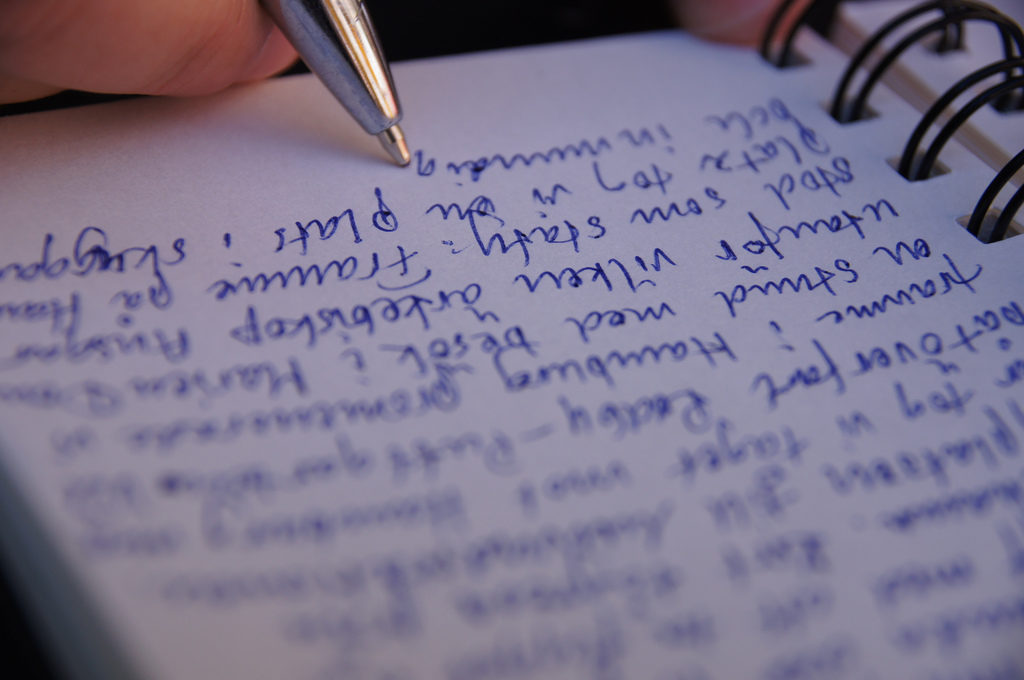
Knowing how to summarize something is a valuable skill in many writing assignments. However, a summary paragraph can be tricky to write as there is always a risk to include too little or too much information. If you are not completely sure how to prepare this important part of your writing piece, keep reading. Below you’ll find all useful information about writing a good summary paragraph.
Qualities of a Good Summary
A great summary paragraph should be:
- Concise – your task is to create a short overview, so don’t use repetitions and every supporting detail in your summary. Try to be as short and to the point as possible.
- Logical – a summary paragraph has to make sense, that’s why create a coherent text, a united collection of points and ideas.
- Comprehensive – include only those points into your summary that are crucial to the development or support of the main idea.
- Self-sufficient – a summary should have its unique voice, so don’t just copy the information mentioned above.
You also need to make sure that your summary paragraph consists of complete and grammatically correct sentences. To give your summary paragraph coherence and ensure a smooth flow from sentence to sentence, use the transitional words and phrases, such as “thus,” “in the same way,” “on the one hand.”
Writing Your Summary Paragraph
Now when you know the main qualities of a good summary paragraph, it’s high time to find out how to summarize the text quickly and successfully.
Here are some effective strategies for writing a conclusion:
1. Echoing the introduction – Restating your topic is a great strategy if you mean to bring the reader full-circle. For instance, if you start by describing something, you can end with the same scenario to emphasize that your text was useful in creating a new opinion.
2. Asking a question – Posing a question is a great way to end your paper if you want to engage the reader and help them form their own conclusion. Choose a question that will directly get at the heart of your writing piece.
3. Challenging the reader – By presenting a challenge to your readers, you’re helping them to apply the information in the paper to their own lives.
4. Looking to the future – This strategy can make your reader think more globally and apply the new concepts and information to their own lives.
Avoid Typical Pitfalls
Surely, it can be tempting to use some phrases and structures in your summary paragraph, but you should remember that they can make your conclusion disorganized and jumbled. Therefore, remember the following tips:
Avoid writing “to conclude” or “to summarize,” as these phrases sound unnatural and make your summary too straightforward.
Don’t present new facts or details in your concluding paragraph as all significant information should be disclosed in the main body.
Never change the tone of your piece of writing as it should be consistent in the whole text.
Don’t apologize for your ideas or findings and never use the phrases like “I’m not an expert at this” “It’s only my opinion.” To impress your reader, you need to confident in what you’re writing.
It is essential to have a strong summary paragraph. The final part of your work is your last chance to persuade your reader and emphasize your point of view. That’s why do your best to establish the sense of closure and make the right impression with your conclusion. The tips above will help you with that!
